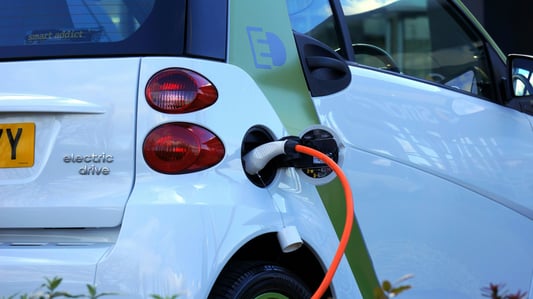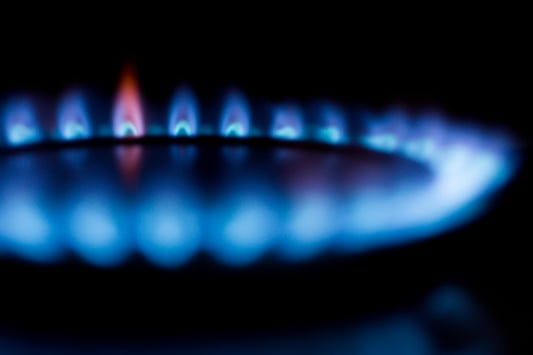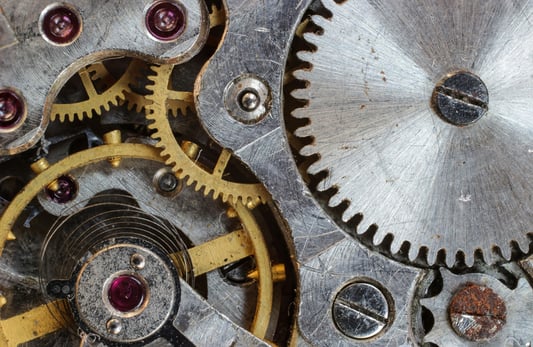Understanding the Importance of electric oven inspectionElectric ovens play a crucial role in many households and commercial kitchens. Regular inspection of electric ovens is essential to ensure they are functioning safely and efficiently.Common Issues Found During Electric Oven InspectionDuring an electric oven inspection, technicians often come across a range of issues such as faulty heating elements, malfunctioning thermostats, and electrical wiring problems.The Importance of Checking the Heating ElementsThe heating elements in an electric oven are critical for proper cooking. Inspecting these elements ensures they are intact and functioning correctly to maintain the desired cooking temperatures.Ensuring Proper Calibration of ThermostatsThermostats help regulate the temperature inside an electric oven. It is vital to inspect and calibrate thermostats to avoid undercooking or overcooking food.Checking for Electrical Wiring ProblemsFaulty electrical wiring in an electric oven can pose a serious safety hazard. Regular inspections help identify and address any wiring issues to prevent potential electric shocks or fires.Importance of Cleaning and MaintenanceRegular cleaning and maintenance of electric ovens are crucial to prevent grease buildup, which can lead to unpleasant odors, smoke, and even fires. An inspection can identify areas that need attention.Benefits of Professional Electric Oven InspectionHiring a professional for electric oven inspection ensures thorough examination and timely repairs, thus extending the lifespan of the appliance and minimizing the risk of breakdowns.DIY Electric Oven Inspection TipsWhile professional inspection is recommended, there are simple DIY tips you can follow, such as visually inspecting the exterior, checking for unusual smells, and listening for any unusual sounds during operation.Cost of Electric Oven InspectionThe cost of electric oven inspection varies depending on the provider and the extent of the inspection needed. However, it is a worthwhile investment considering the potential risks of neglecting regular maintenance.Frequency of Electric Oven InspectionIt is recommended to have your electric oven inspected at least once a year to ensure optimal performance and safety. Regular inspections can also help catch minor issues before they escalate into major problems.Quote InquiryContact us!










